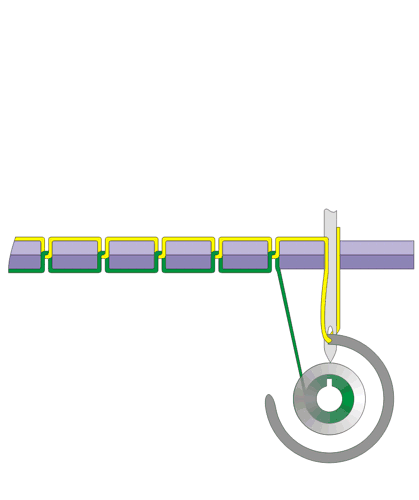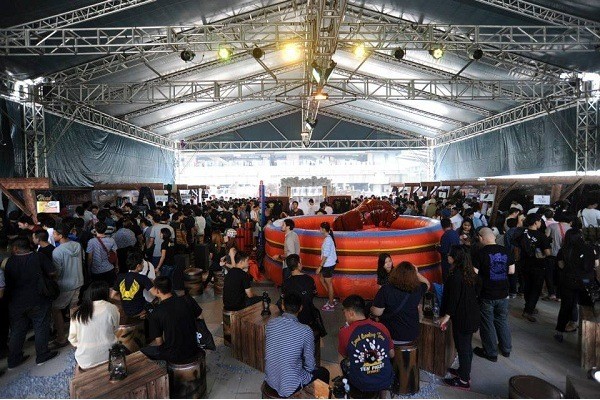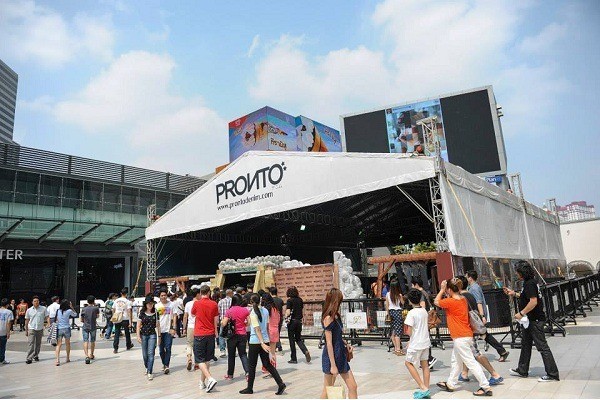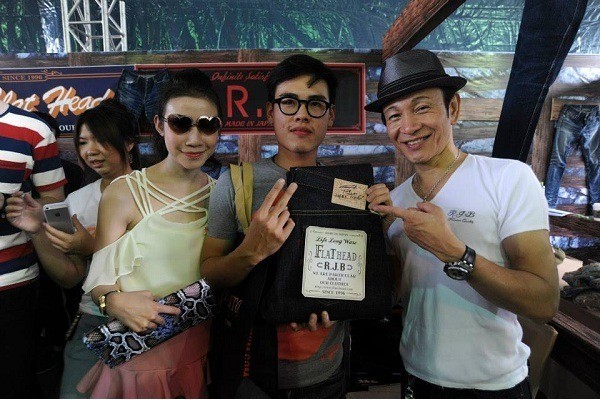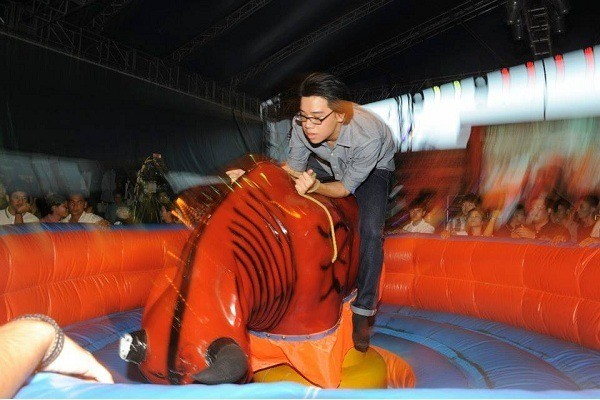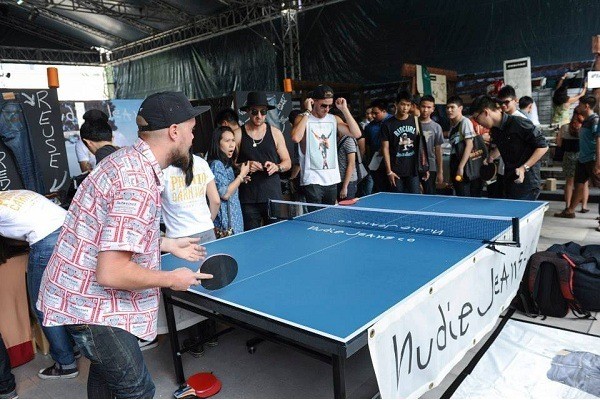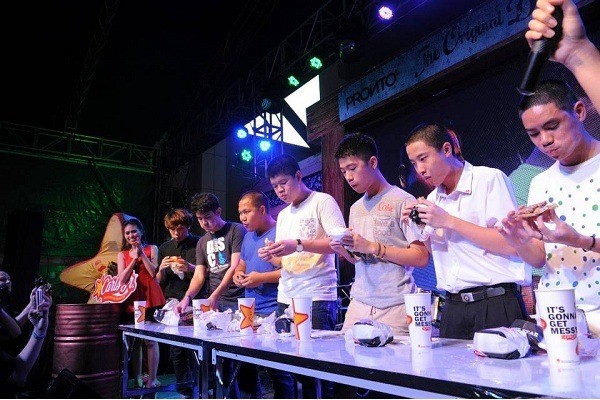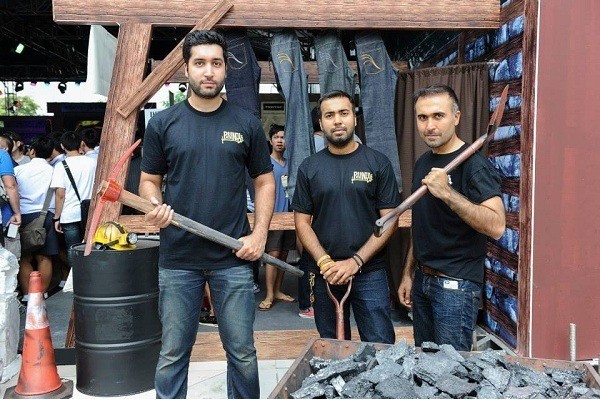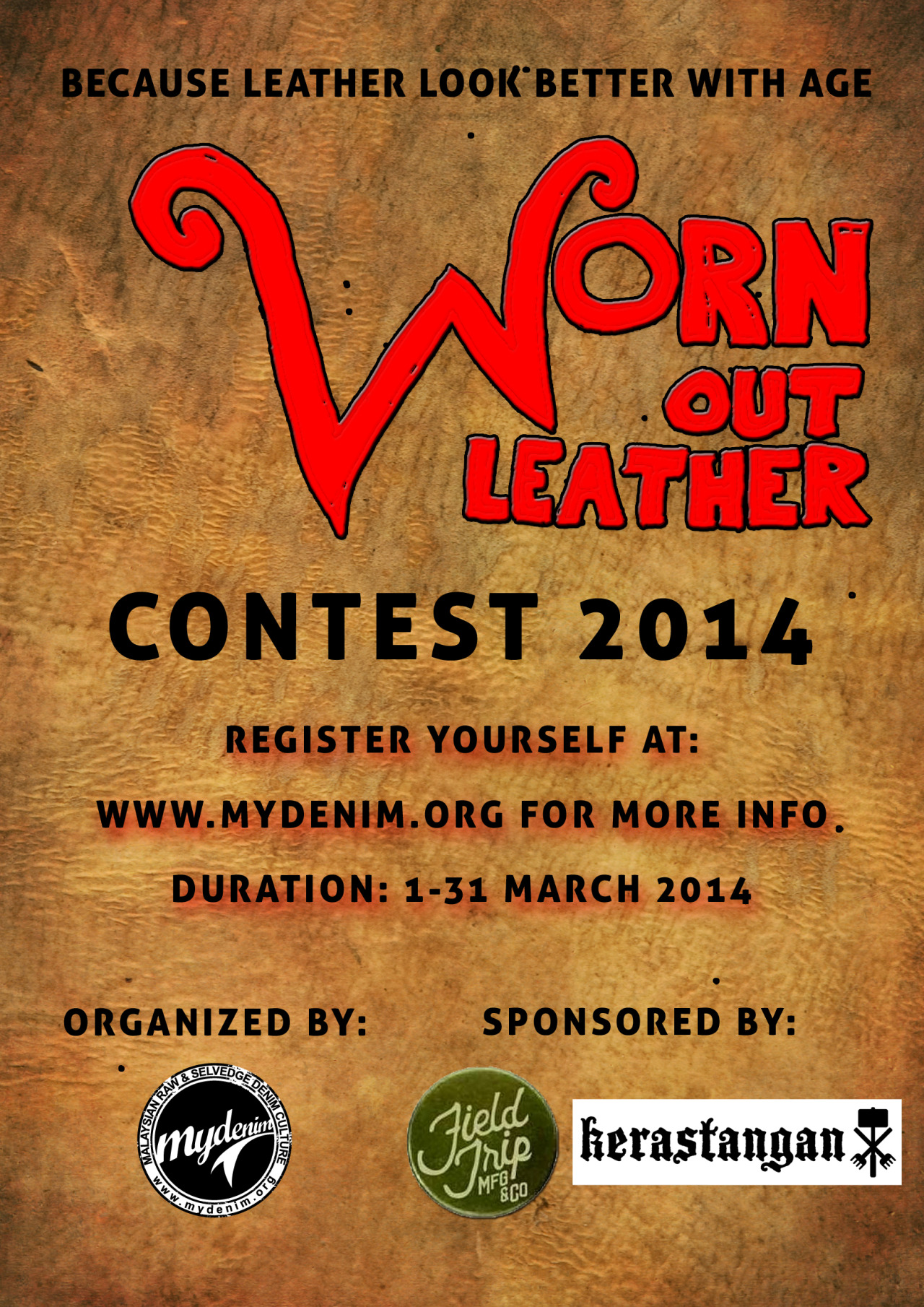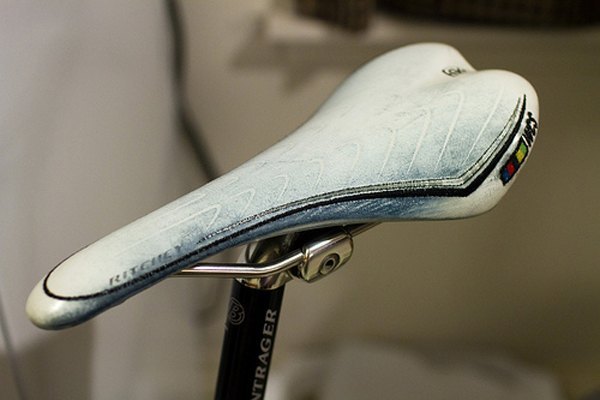
Indigo Staining can happen anywhere
One of the risks of starting to break in a new pair of raw denim is the great amount of indigo dying that will occur on furniture, your hands, your boots, and anything you put in your pockets in the first couple weeks as the dye sets itself. If this is something you want to avoid (and in the case of furniture, you almost definitely do), there are a few simple steps to minimizing damage and reversing any dying that does occur.
Firstly, too minimize ruining furniture with denim stains, the first (and most obvious) thing to take care of is to simply avoid coming into contact with any white or tan surfaces. In the case of white furniture, if you absolutely have to, be sure to not rub back and forth at all or to get damp or overly warm while sitting down. Avoiding excess warmth and moisture should keep you from getting noticeable stains on other colors of couches as well, though these will be much less likely to show through.
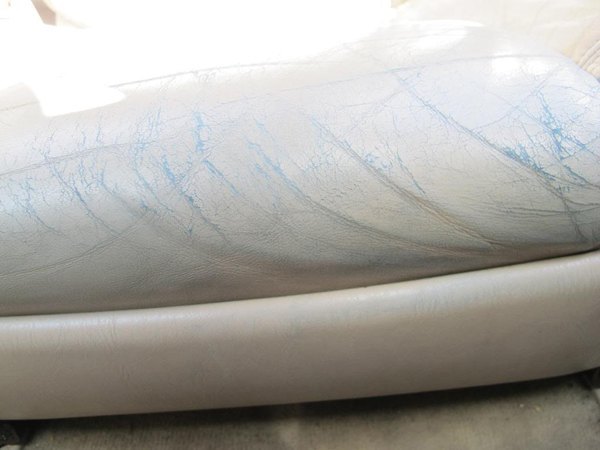
Indigo Stained Couch
If you do get a little bit of denim staining on your furniture or another piece of clothes, saddle soap or your other favorite cleaning product in a warm water wash will most suffice in battling any indigo bleeding. You’ll likely need to rework the stained area a few times, but it’s more important that you clean as soon as possible so as not to allow the dye to settle.
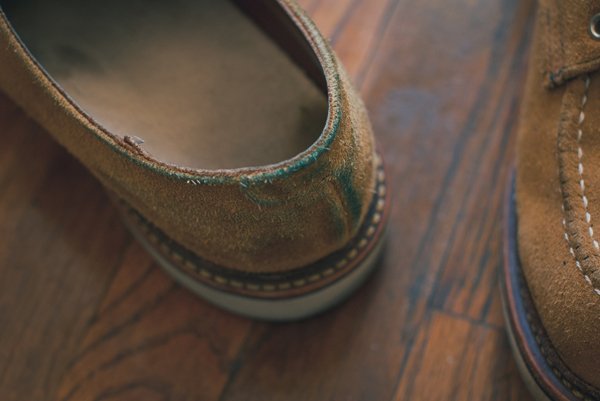
Indigo Stained Boots
The saddle soap option is also the most reliable for cleaning indigo stains off something like leather boots which can take on the dye in wet weather or through excess rubbing. I’d recommend avoiding high boots which will definitely rub the denim as well as avoiding water immersion near the contact areas. The same goes for sneakers, though these can also be easily just be washed with soap. I would recommend avoiding soap on leather, as this risks ruining the leather in the area you wash.
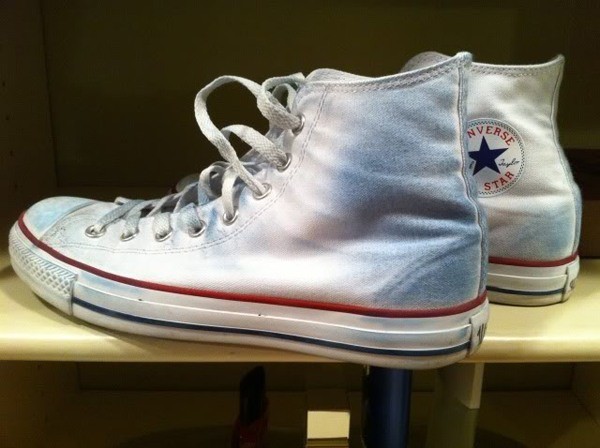
Indigo Stained Sneakers
Your hands are probably the easiest to take care of, as all you really need to consider is washing them with soap and warm water until the dye eventually comes off. The good thing here is that it isn’t all that common, some denims will get a ton of dye on your hands, but luckily most won’t so your hands and whatever you put in your pockets should be fine.
Re-Cap
In summary, there are a few simple steps to be taken to avoid lasting denim stains on any surfaces:
- Prevention – avoid whites, high boots, and wet weather’
- Rapid Response – if you detect any sort of stain, get soap to it as quickly as possible, and ideally don’t rub it in too much with water beforehand. Warm water will help prevent the indigo from settling and though saddle soap is the best option, any cleaning solution should be effective. You may want to stop short of bleach unless the item is pure white to begin with.
- Repeat - Continue to scrub with soap until the stain has come off or at least faded. Keep the warm water coming.
This simple guide should work for most indigo stain prevention and removal, but if you have other suggestions, hints or improvements that you favor, we invite you to leave your comments below.





